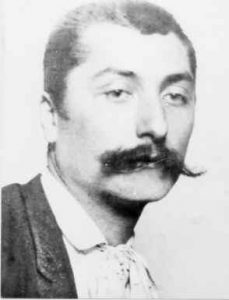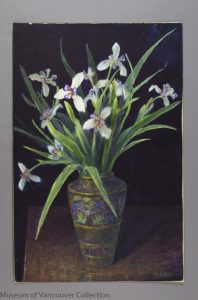Peder Severin Krøyer: 18 cool facts
Many of Peder Severin Kroyer’s paintings depict beach scenes, showing casual beach life and local fishermen. Peder Severin Kroyer, summer night with Anna Ancher and Marie Kroyer at Skagen South Beach, 1893. He is one of the most famous and popular artists in Skagen, and the most dynamic community of Danish and Nordic artists living, …

